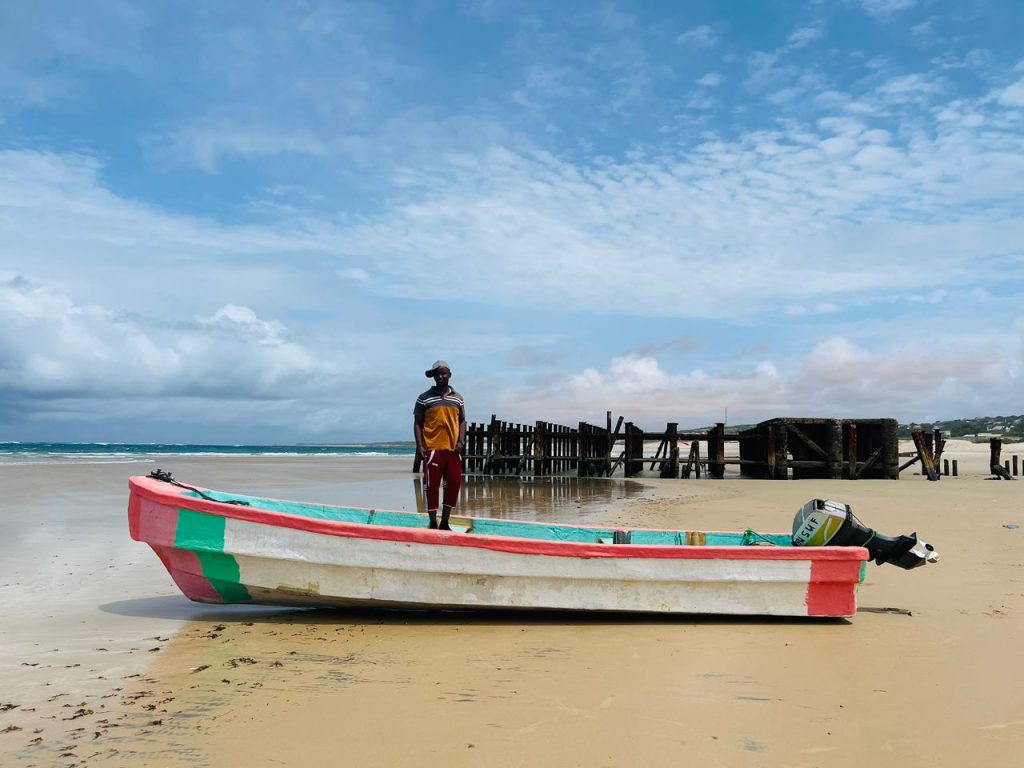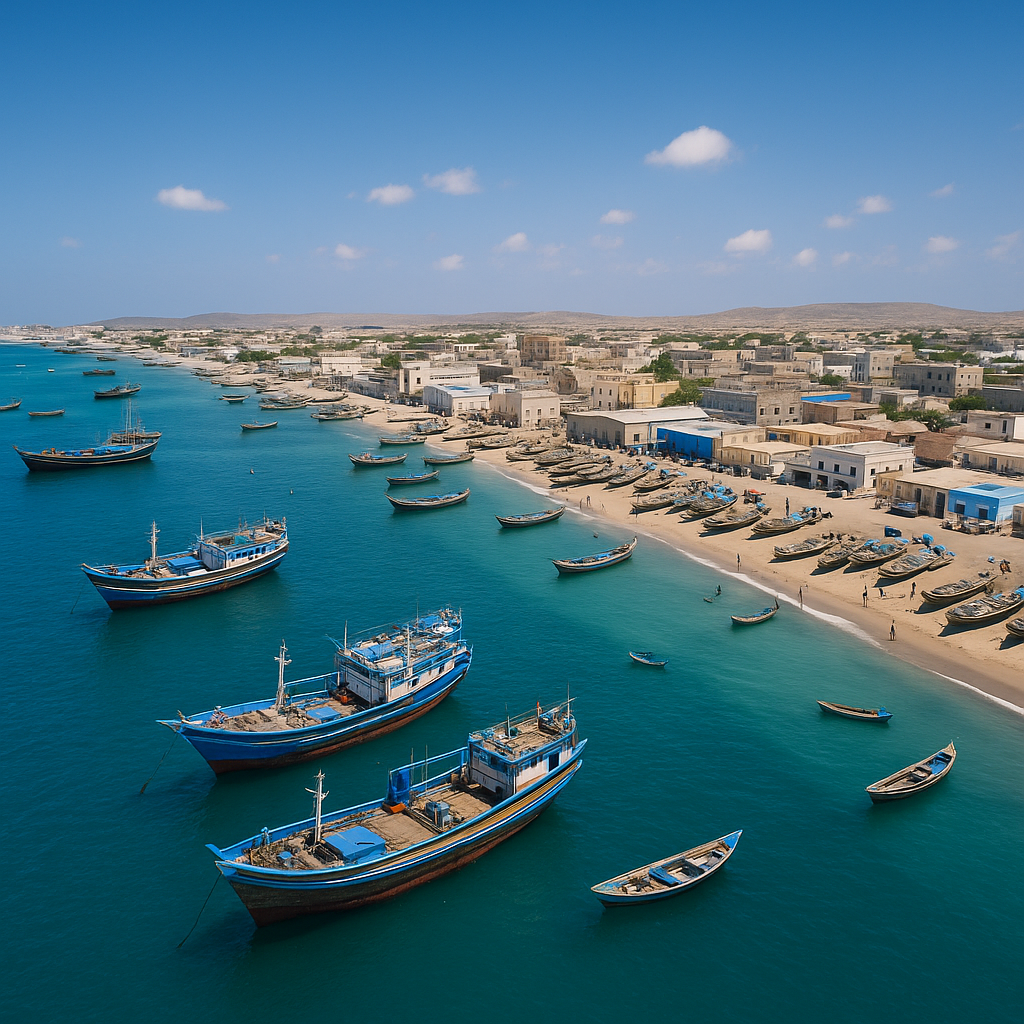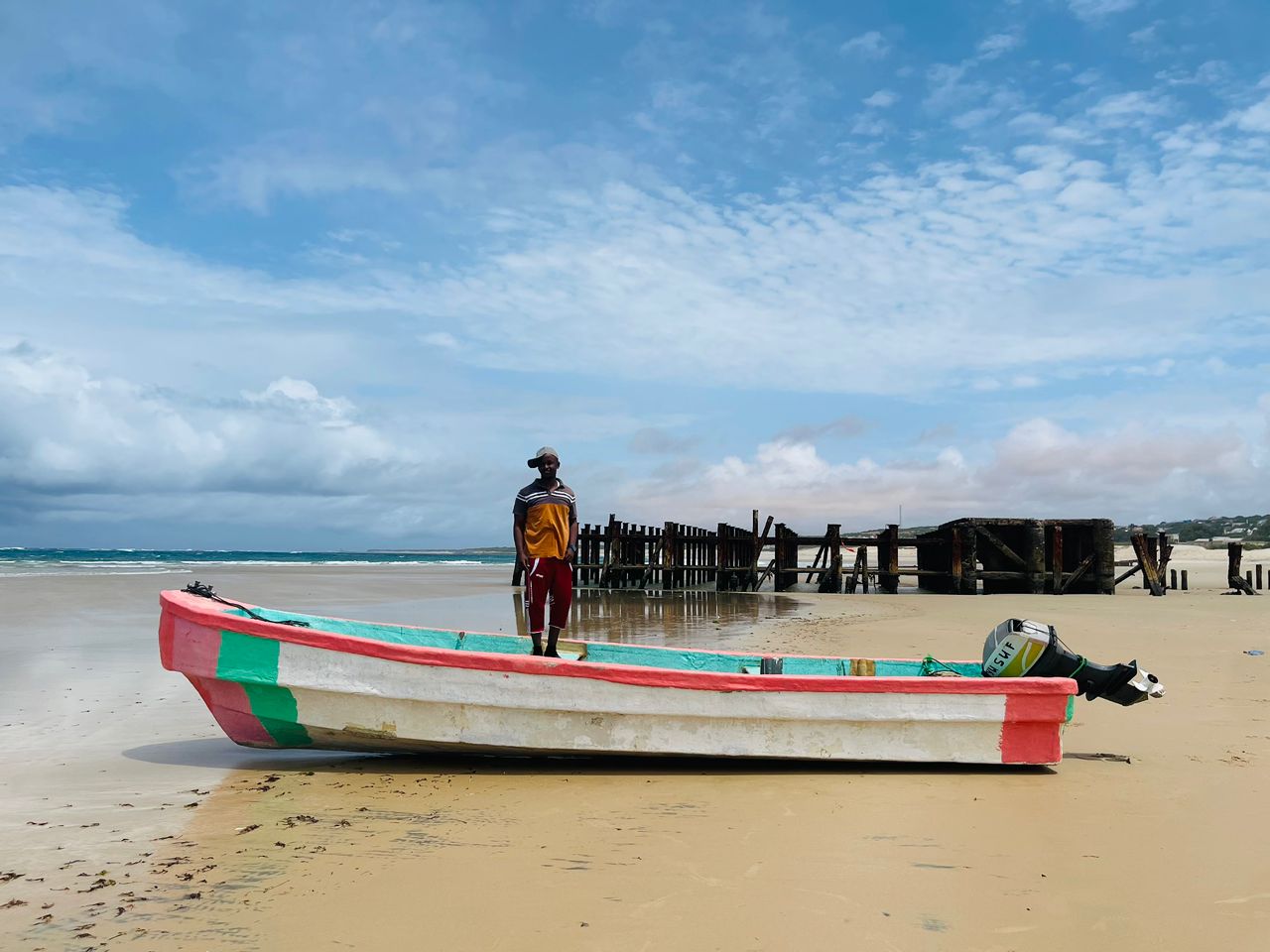Somalia’s Coastline: A Sleeping Giant for the Blue Economy
Somalia’s coastline stretches over 3,300 kilometers, making it the longest in mainland Africa. This vast marine area, touching both the Gulf of Aden and the Indian Ocean, is rich with natural resources. Yet, despite its immense potential, the Somali coast remains underdeveloped. As global interest grows in ocean-based economies, Somalia has a unique opportunity to lead Africa’s blue economy transformation. Its waters are home to valuable marine species, and its geographic position makes it a key node in regional trade. The time has come to unlock this sleeping giant through responsible investment and sustainable development.
What Is the Blue Economy and Why Does Somalia Matter?
The blue economy refers to the sustainable use of ocean resources to promote economic growth, environmental health, and social inclusion. In Somalia, the blue economy includes fisheries, aquaculture, maritime transport, tourism, biotechnology, salt production, and seaweed farming. These sectors hold enormous promise. Somalia’s coastal biodiversity, youthful population, and access to global shipping lanes position it as a future leader. As the world looks for climate-resilient growth models, Somalia’s blue economy offers solutions that balance profit and sustainability. It’s not just about fishing—it’s about building a new economic backbone that works for people and the planet.
Marine Wealth: Ready for Sustainable Commercialization in somalia
Somalia’s marine ecosystem hosts a wide variety of commercially valuable fish and seafood. From tuna, snapper, and grouper to lobsters, sardines, and squid, these species are found in all three of the country’s major marine zones. What sets Somalia apart is that these resources are still largely untapped. Many species are underfished, creating space for sustainable scaling. Major coastal cities like Bosaso, Berbera, Kismayo, Mogadishu, Hobyo, and Eyl already serve as fishing hubs. These cities are equipped with fish landing sites, ice plants, and cold storage facilities. With the right support, these assets can grow to serve both local and export markets efficiently.
The Government’s Role in Enabling the Blue Economy
The Somali government is actively supporting the growth of the blue economy. A National Blue Economy Strategy is under development to guide investment and policy. Licensing procedures have been simplified to attract both domestic and foreign partners. Investors also benefit from tax incentives and access to international markets like the EU and Gulf states. Public-private partnership models, including Build-Operate-Transfer (BOT) options, are encouraged. In addition, donor-backed coastal protection programs are helping communities build resilience while protecting marine ecosystems. Ministries and port authorities are ready to work with credible partners to transform Somalia’s coastal economy.


Blue Economy as a Climate Resilience Strategy
Somalia’s agriculture is mostly rain-fed and highly vulnerable to climate change. Droughts and land degradation threaten food production and rural livelihoods. The blue economy offers a climate-smart alternative. Coastal jobs in fishing, aquaculture, and tourism provide income while reducing pressure on forests and farmland. Seafood offers a reliable source of protein, especially important during drought seasons. Seaweed and mangrove farming also support blue carbon initiatives, helping capture carbon and restore marine habitats. As a result, the blue economy isn’t just about growth—it’s also a strategy for long-term climate resilience and food security.
Investment Opportunities: From Shore to Market
Commercial Fisheries
Somalia’s waters are home to some of the most underexploited fish stocks in the world. This creates a high-potential sector for investment. Opportunities exist to partner with fisheries cooperatives in Bosaso, Berbera, and Kismayo for large-scale fish supply agreements. Investors can also develop fishmeal plants and processing units to serve both domestic and international markets. Cold chain infrastructure is another area of need, ensuring that seafood remains fresh from catch to consumer. Certification and traceability systems can further open doors to premium markets like Europe, which value sustainability and transparency.
Aquaculture Development For somali Blue Economy
Aquaculture is gaining attention globally as a sustainable way to meet growing protein demand. In Somalia, the conditions are ideal. Coastal regions can support shrimp and sea cucumber farming, while inland areas are suitable for tilapia and catfish hatcheries. Seaweed farming is another promising venture, with uses in food, cosmetics, and biofuels. Integrated aquaculture systems can combine farming and fishing in a way that benefits both communities and ecosystems. With low input costs and high market demand, aquaculture can become a pillar of Somalia’s food and income security.
Port Infrastructure and Marine Logistics for Somalia blue economy
Somalia’s strategic location along the Red Sea and Indian Ocean makes it a natural logistics hub. Upgrading port infrastructure can unlock major trade opportunities. Investments are needed to modernize existing ports with container terminals, cold storage, and customs services. There’s also demand for dry dock facilities for ship repair, which would reduce dependence on foreign service providers. Coastal ferry services could improve trade and mobility between coastal towns. Supplying fishing boats with GPS equipment and safety gear would boost productivity and ensure safer operations.
Coastal and Marine Tourism of somalia
Somalia’s coastal beauty is one of its best-kept secrets. With its coral reefs, sandy beaches, and historic port cities, the country has significant tourism potential. Eco-lodges, beachfront resorts, and marine adventure activities can be developed with a focus on sustainability. Whale-watching, snorkeling, and dhow tours could attract international tourists and the Somali diaspora alike. Cultural tourism centered around ancient coastal towns can also enrich visitor experiences while preserving heritage. Responsible tourism development can generate jobs and promote conservation at the same time.
Marine Innovation and Data Technology
Technology plays a vital role in managing marine resources. Somalia can benefit from satellite monitoring, drone surveillance, and artificial intelligence to track fishing activity and protect its waters. Tools to detect illegal, unreported, and unregulated (IUU) fishing are critical to preserving fish stocks. Digital platforms can also link fishers directly to buyers, improving income and efficiency. Research partnerships with universities can generate valuable data on biodiversity, climate trends, and marine ecosystems. These innovations not only protect resources but also unlock new economic opportunities.
Join the Wave: Let’s Build Somalia’s Coastal Future
Roots Development Initiative (RDI Africa) is at the forefront of Somalia’s blue economy push. We work closely with government institutions, communities, and investors to drive sustainable development. Whether your goal is to source seafood, launch an aquaculture farm, develop tourism, or invest in climate solutions, we’re here to support you. The Somali coast is more than a boundary—it’s a frontier of opportunity. Together, we can build a future that’s economically vibrant, socially inclusive, and environmentally secure.
📧 Email: info@rdiafrica.com
🌍 Website: www.rdiafrica.com
🏢 Offices: Somalia | Kenya | South Sudan | Ethiopia

Leave a Reply